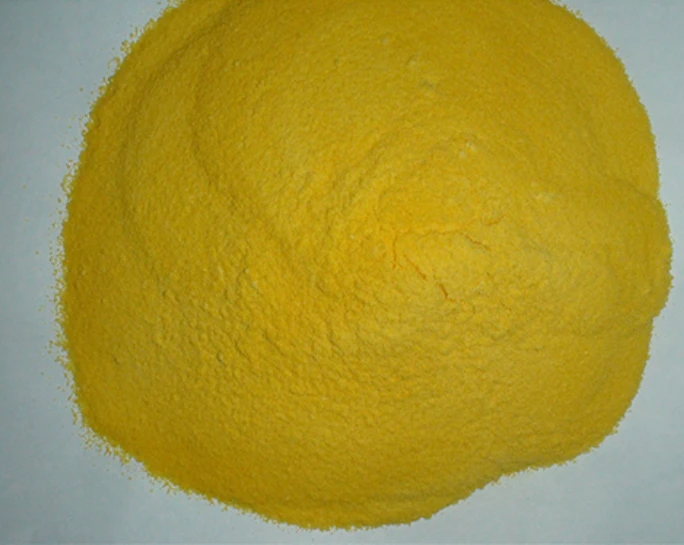Understanding the Distinction Between Flocculants and Coagulants in Water Treatment
The Difference Between Flocculant and Coagulant A Comprehensive Overview
Water treatment processes are essential in ensuring that our water supply is safe, clean, and suitable for consumption. Two critical components of these processes are coagulants and flocculants, both of which play significant roles in the removal of suspended particles, colloids, and turbidity from water. Although these terms are often used interchangeably, they refer to distinct processes and substances. Understanding the differences between them is crucial for effective water treatment.
What are Coagulants?
Coagulants are chemical substances that promote coagulation—the process by which tiny particles clump together to form larger aggregates or flocs. Coagulation is typically the first step in water treatment processes. When suspended particles are too small to settle out on their own, coagulants are added to destabilize these particles, allowing them to bond with one another.
Common coagulants include metal salts such as aluminum sulfate (alum), ferric chloride, and polyaluminum chloride. When these coagulants are added to water, they alter the charge of the suspended particles, allowing them to overcome the repulsive forces that keep them separated. This process results in the formation of larger particles that can then be removed more easily.
What are Flocculants?
Flocculants, on the other hand, are substances that enhance the agglomeration of particles after they have been coagulated. The flocculation process involves the addition of these polymers, which have long-chain molecules that bridge the gaps between particles, causing them to clump together into larger flocs that can easily be removed by sedimentation or filtration.
Flocculants are usually organic compounds such as polyacrylamides and natural polymers like starch and gelatin. They work by creating a more robust network of particles, thus increasing the size and density of the flocs. This aids in the removal of larger particles from water, resulting in clearer water.
Key Differences Between Coagulants and Flocculants
difference between flocculant and coagulant

1. Functionality The primary function of coagulants is to destabilize particles in water to initiate coagulation, whereas flocculants are used to enhance the settling of these flocs and facilitate their removal.
2. Chemical Composition Coagulants are typically inorganic compounds, such as metal salts, while flocculants are predominately organic polymers.
3. Process Order Coagulation occurs before flocculation in the water treatment process. Coagulants are first added to neutralize charge and promote the aggregation of particles. After sufficient coagulation has taken place, flocculants are introduced to further enhance the floc size.
4. Concentration Levels Coagulants are usually required in larger quantities compared to flocculants. Since the role of coagulants is to neutralize a significant number of suspensions, they need to be added in higher doses. Flocculants are applied in smaller quantities to aid the aggregation of already destabilized particles.
5. Physical State Coagulants usually appear as solids or liquids, while flocculants come in different forms, including powders, granules, or solutions.
Conclusion
Both coagulants and flocculants are essential for effective water treatment, yet their functions and characteristics are distinct. Coagulants initiate the process of particle aggregation by destabilizing suspended materials, while flocculants enhance the aggregation process to form larger and more manageable flocs for removal. Recognizing their differences allows for better optimization of water treatment strategies, ensuring that the treatment process is both efficient and effective.
In conclusion, water treatment professionals must carefully select and apply these chemicals in a manner that optimizes their respective functions. By doing so, they can ensure cleaner, safer water is provided for various uses, from drinking to agricultural applications. Understanding the difference between coagulants and flocculants not only enhances water treatment outcomes but also contributes to public health and environmental sustainability.
-
Understanding Polycarboxylic Acids: Properties, Applications, and Future PotentialNewsJul.28,2025
-
Scale Inhibitor Explained: How to Protect Your System from Limescale and Hard Water DamageNewsJul.28,2025
-
Scale and Corrosion Inhibitors: Essential Chemicals for Industrial Water System ProtectionNewsJul.28,2025
-
Polyaspartic Acid: A Biodegradable Polymer for Sustainable ChemistryNewsJul.28,2025
-
Isothiazolinones: A Versatile Antimicrobial Class with Industrial Power and Regulatory ChallengesNewsJul.28,2025
-
A Deep Dive into 2-Phosphonobutane-1,2,4-Tricarboxylic Acid (PBTC)NewsJul.28,2025





